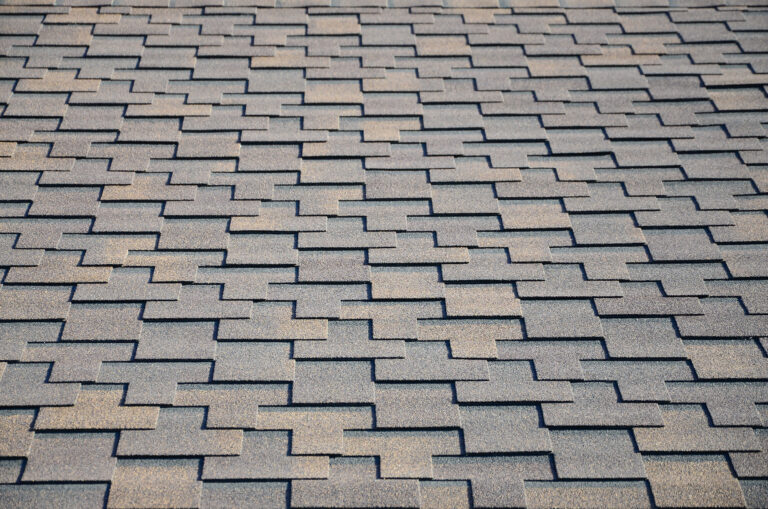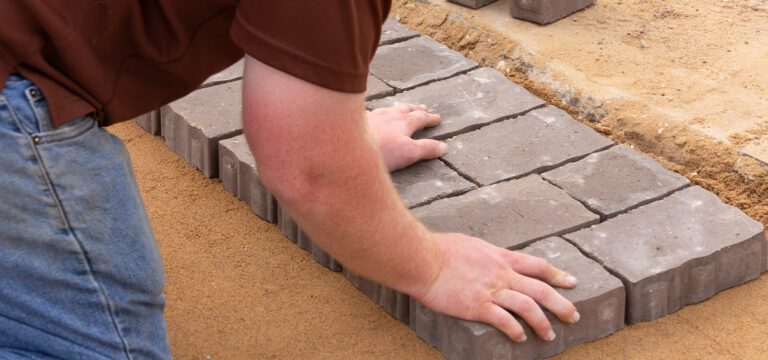5 Common Mistakes to Avoid When Installing Pavers: Expert Tips for a Flawless Finish

Installing pavers can transform your outdoor space, giving it a polished and attractive look. Whether you’re creating a new patio or revamping a walkway, the installation process needs careful consideration. Avoiding common mistakes during paver installation ensures the durability and aesthetic appeal of your project.
Many DIY enthusiasts jump into paver installations without adequate planning or knowledge. One frequent issue is poor base preparation, leading to uneven surfaces and weed growth. Properly preparing the base is crucial for a long-lasting installation.
Another common mistake is not considering drainage. Water pooling can damage pavers and create safety hazards. Ensuring adequate drainage will keep your outdoor space functional and attractive.
Site Preparation and Importance of a Solid Base
Getting the site ready and building a firm foundation are crucial steps when installing pavers. Without proper drainage and even surfaces, the whole project can fail.
Ensuring Proper Drainage
Proper drainage is vital to prevent water from pooling on the surface or below the pavers. Start by sloping the area away from buildings to direct water flow. Aim for a slope of about 1 inch for every 8 feet.
Next, use a layer of crushed gravel as the base. This helps water move through rather than pooling. Lay the gravel around 4-6 inches deep, and compact it thoroughly. Top with a layer of coarse sand to help with leveling and extra drainage.
Avoiding Uneven Surfaces and Compaction Errors
Leveling the base is key to avoiding uneven surfaces. Begin by excavating the area to a depth that includes the base layers and pavers’ thickness. Use a long, straight board to check for high spots and fill in low areas with sand or gravel.
Compaction is another critical step. Use a plate compactor to press down each layer firmly, especially the gravel. Proper compaction reduces settling over time. Apply the compactor three to four times across the entire area. If done well, this step will keep the pavers level and highly durable.
Choosing the Right Materials and Tools
Selecting the best materials and tools is key to ensuring that your paver installation is both durable and visually appealing. It’s essential to choose quality pavers and the correct sand and edging for a stable foundation.
Selecting Quality Pavers for Durability and Visual Appeal
Selecting pavers that are strong and visually appealing is crucial. Choose pavers made from durable materials like concrete or natural stone, as these options can withstand heavy traffic and varying weather conditions. Concrete pavers are popular for their strength and versatility in design. Natural stone pavers, like granite or limestone, offer a more elegant look but can be more expensive.
Size and shape matter too. Larger pavers might add a modern look, while smaller ones offer more design flexibility. Color is another important factor. Choose colors that blend well with your landscape and home exterior for a cohesive look.
Utilizing Correct Sand and Edging for Stability
Using the right sand and edging materials ensures the stability and longevity of the pavers. Start by selecting concrete sand or coarse sand for the base. This sand type compacts well and provides a solid foundation. For the joints, use polymeric sand or joint sand. These sands lock the pavers in place and prevent weeds from growing between them.
Edging is also crucial. Use edge restraints like plastic edging or metal edging to keep the pavers from shifting. These restraints should be secured firmly into the ground using spikes. After installing the edging, a plate compactor or a tamper is needed to compact the base and pavers, ensuring everything stays in place.
Installation Techniques to Prevent Future Problems
Proper installation techniques are essential to avoid long-term issues. These methods cover aligning pavers accurately and using sealants to protect your patio from damage and weed growth.
Aligning Pavers and Preventing Weed Growth
Ensuring the pavers are aligned is crucial for creating a stable and visually pleasing patio. Alignment keeps pavers interlocked, reducing tripping hazards. String lines can be used to maintain even rows during installation.
To prevent weed growth, use a quality weed barrier fabric under the pavers. Joint sand application helps stabilize pavers and blocks weeds. Regular inspection of the pavers can identify areas where weeds might start growing. Keeping joints filled with sand minimizes gaps where weed seeds can settle.
Sealing and Protecting Your Paver Patio
Sealing pavers is essential for protecting them from stains and the effects of weather. A good sealant prevents water from seeping in, reducing the risk of cracks and fading. It also helps in maintaining the original color of the pavers, adding to the longevity of your outdoor living space.
Applying sealant should be done after the pavers are thoroughly cleaned and dry. Follow manufacturer instructions for best results. Sealing also makes maintenance easier by reducing the potential for stains and simplifying the cleaning process. Regular reapplication keeps the sealant effective, ensuring your patio remains beautiful and functional.
Finishing Touches for a Professional Look
The final steps in paver installation are crucial to adding both aesthetic appeal and lasting structure to your project. Key elements include proper backfilling and a thorough assessment to ensure high quality.
Proper Backfilling and Clean Up
Backfilling around the edges of patios, driveways, and walkways is essential. Begin by filling gaps with a suitable material like dirt or gravel. This helps stabilize the pavers and prevents movement. Use a screed to even out the backfill.
Next, wash away any excess dirt and debris to give a neat look. Attention to clean-up ensures the new outdoor living space is ready for use and enhances its visual appeal.
Assessing the Finished Patio for Quality Assurance
To check for precision, examine the entire patio closely. Look for any imperfections such as uneven pavers, gaps, or crooked lines. Use a level to ensure the surface is even. It’s vital to confirm that the edges are secure and well-aligned.
Additionally, test the drainage to make sure water runs off correctly. Quality assurance helps ensure the longevity and beauty of your structure.






